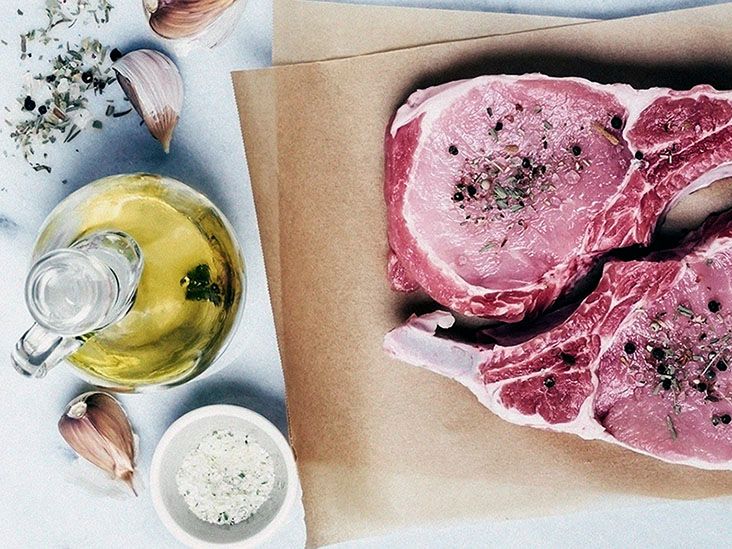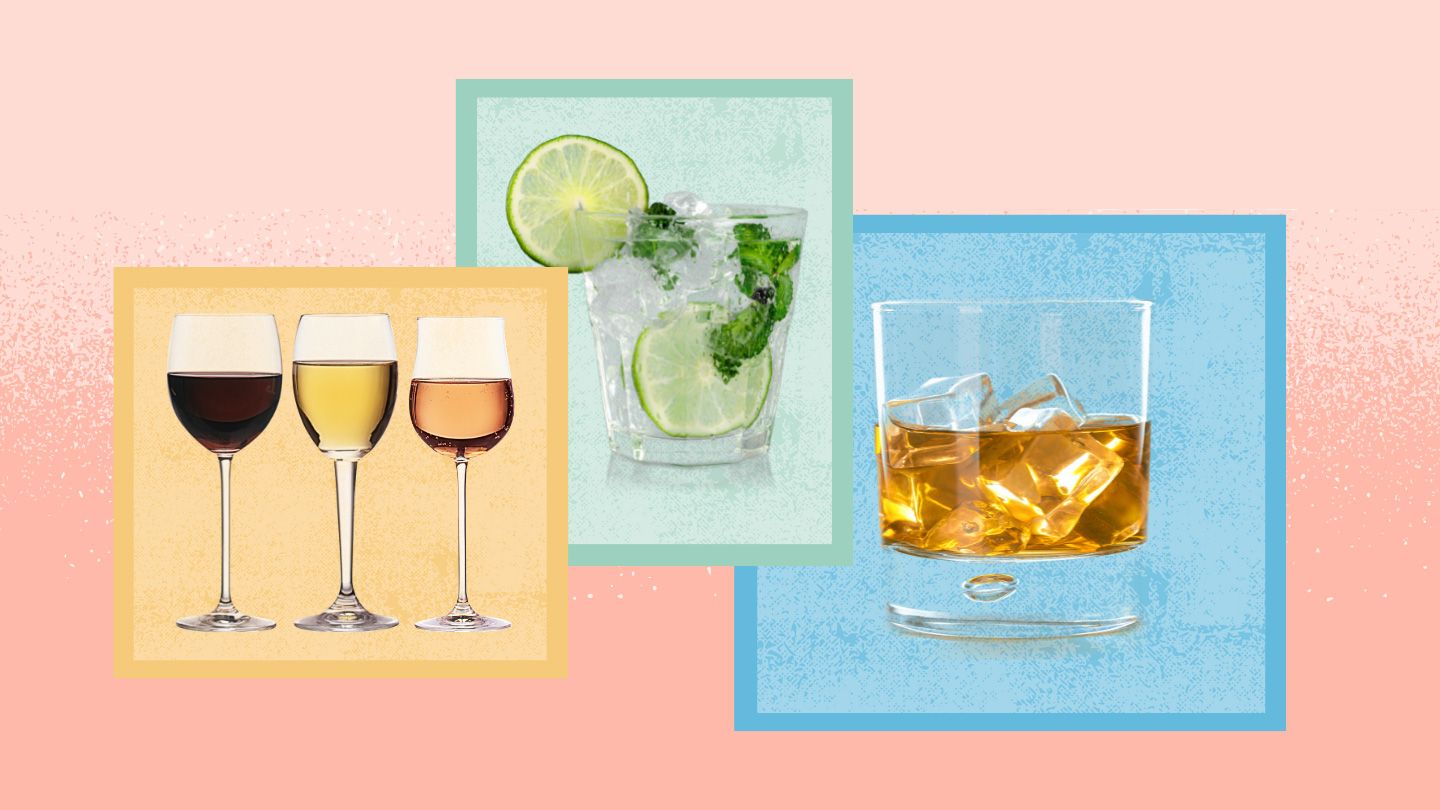Finding the Best Low Carb Canned Cat Food Options
As a cat owner, you want to feed your feline friend a nutritious diet that will keep them healthy and energetic. For cats needing to lose weight or control diabetes, low carb diets may be recommended. But with carbs hidden in many cat food ingredients, how do you pick low carb canned foods your cat will enjoy? Here's what to look for when reading labels and selecting the best low carb wet cat foods.
Why Choose Low Carb Cat Food?
Lower carb cat food can benefit cats that:
- Need to lose weight
- Have diabetes or glucose intolerance
- Are prone to urinary crystals
- Have food allergies to grains like corn or wheat
For overweight or diabetic cats, reducing dietary carbohydrates can help manage weight and blood sugar levels. Canned options tend to be lower in carbs than dry kibble.
Understanding Carbs in Cat Food
Carbohydrates in cat food come mainly from:
- Grains like corn, wheat, rice, oats
- Starchy vegetables like peas, potatoes
- Fruits and berries
- Sweeteners like honey or sugary syrups
While cats don't require carbs, many commercial foods use them as cost-effective fillers. Check the ingredients list to identify and limit high carb ingredients.
Finding Low Carb Canned Cat Foods
When shopping for low carb canned cat foods, look for these features:
- High meat content - Meat should be the first ingredient listed.
- Low cereal content - Avoid foods listing corn, wheat, rice, or soy early in the ingredients.
- No unnecessary carbs - Say no to added sugars, fruits, starchy veggies.
- High protein - Look for at least 40% protein from animal sources.
Ideally, the ingredients will be predominantly meat, fish, eggs, or meat by-products. Let's look at some specific low carb wet food options.
Reviews of the Best Low Carb Canned Cat Foods
When researching low carbohydrate wet cat foods, these brands stand out for their limited ingredients and low carb nutrition profiles:
Tiki Cat Puka Puka Luau
Main protein: Chicken
Other ingredients: Chicken broth, chicken liver
Carb sources: None
Carbs per can: 1g
With only three ingredients, this protein-packed food from Tiki Cat is one of the lowest carb canned options around. It contains no grains, veggies, or unnecessary fillers - just shredded chicken in savory broth. The natural flavors and textures will appeal to even picky cats.
Weruva Katsu in Gravy Grain-Free Canned Cat Food
Main protein: Chicken
Other ingredients: Chicken broth, chicken liver, egg
Carb sources: None
Carbs per can: 1g
Another minimal-ingredient wet food with just 4g carbs per can. This pate-style cat food features chunks of chicken breast in a yummy umami-flavored broth. It's perfect for cats with allergies to common grains and fillers.
Natural Balance Limited Ingredient Diets Green Pea & Salmon
Main protein: Salmon
Other ingredients: Salmon broth, pea fiber, pea protein
Carb sources: Peas
Carbs per can: 6g
While this LID formula does contain peas, they are lower glycemic than grains. The single animal protein works well for cats with food sensitivities. Plus, the carb count stays relatively low at 6g per can.
Blue Buffalo Wilderness High Protein Grain Free Pate
Main protein: Chicken
Other ingredients: Chicken broth, chicken liver
Carb sources: Potatoes, sweet potatoes
Carbs per can: 7g
The potato ingredients bump up carbs slightly, but at 38% min protein this grain-free recipe still fits low carb goals. Available in chicken, duck, salmon, and venison flavors.
Wellness Complete Health Grain-Free
Main protein: Turkey, chicken, salmon
Other ingredients: Chicken broth, chicken liver
Carb sources: Peas
Carbs per can: 5g
With peas as the only significant carb source, Wellness Complete packages plenty of animal protein in a tasty gravy cats love. It's great for everyday weight management.
Tips for Transitioning to Low Carb Cat Food
Sudden food changes can upset your cat's digestion. To transition to a new low carb diet:
- Mix a small amount of the new food with your cat's current food.
- Gradually decrease the old while increasing the new over 7-10 days.
- Keep an eye on litter box habits for any issues.
- Make changes slowly if you see vomiting, diarrhea, constipation.
Canned foods are easier to transition to than kibble. Warming it slightly helps bring out the aroma. Meal feeding also helps monitor intake of the new food.
Avoiding Refusal of Low Carb Cat Food
To prevent a cat from refusing new low carbohydrate foods:
- Go for poultry, fish, and meat flavors they enjoy.
- Start with naturally aroma-rich options like Fancy Feast Classic.
- Mix in a spoonful of the old food or broth as needed.
- Offer a variety of protein flavors to keep it interesting.
- Give frequent encouragement and praise for eating.
Persistence and patience are key, as it can take 2-3 weeks for a cat to accept new foods. But sticking with the transition helps ensure they get proper nutrition.
Homemade Low Carb Cat Food Recipes
Preparing homemade low carb cat food can be an alternative when commercial options get refused. Here are two recipes to try:
Simple Shredded Chicken & Broth
Ingredients:
- 1 pound ground chicken or turkey
- 2 cups no-sodium chicken broth
- 1 hard boiled egg, shell removed
Instructions:
- In a skillet over medium heat, cook and crumble ground chicken until no longer pink.
- Transfer cooked chicken to a food processor along with chicken broth and egg.
- Pulse until mixture is finely shredded.
- Portion into cans or tupperware and refrigerate up to 4 days.
Salmon & Sweet Potato Cat Food
Ingredients:
- 8 ounces cooked salmon, skinned and deboned
- 1 small baked sweet potato, peeled
- 1/4 cup water
- 1 teaspoon cod liver oil
Instructions:
- In a blender or food processor, combine all ingredients except cod liver oil.
- Puree until smooth. Add cod liver oil and blend briefly to incorporate.
- Portion into an ice cube tray and freeze. Thaw servings as needed.
Check with your vet before feeding homemade cat food long-term to ensure it provides complete nutrition. Use cooked ingredients and proper storage.
Can Cats Eat a Keto Diet?
The keto diet is a popular weight loss approach for humans that focuses on very low carbs, high fat, and moderate protein. But is it suitable for cats? Here's what you need to know:
- Cats are natural carnivores designed to get most calories from protein and fat.
- Cats have no minimum carb requirement, so minimal carbs are okay.
- Very high dietary fat can stress cats' livers and GI tracts.
- Cats still need moderate carbohydrates for energy and digestion.
In summary, while cats don't need carbs, they still require a balanced ratio of fat, protein and some dietary fiber. Work with your vet to determine the right nutritional profile for your cat.
Implementing Keto for Cats
Tips for tailoring a cat's diet to mimic keto nutrition:
- Choose high protein, grain free canned foods.
- Avoid carb-heavy dry foods.
- Select fish, chicken, turkey as protein sources.
- Supplement with MCT oil for ketone-friendly fats.
- Add a little psyllium husk for needed fiber.
- Talk to your vet before excluding all carbs.
Monitoring urine pH is important with high protein cat foods to prevent crystals. Introduce diet changes gradually.
Best Low Carb Dry Cat Foods
While wet food is typically lower carb, there are some decent dry kibble options including:
Blue Buffalo Wilderness High Protein Grain Free
Main protein: Chicken, salmon, duck
Other ingredients: Peas, potatoes
Carb sources: Tapioca, peas, sweet potatoes
Carbs per cup: 25g
With chicken, fish, or meat as the first ingredient, minimal grains, and 35% protein, this dry food aligns with low carb goals. Available in indoor and outdoor formulas.
Wellness Core Grain-Free Original
Main protein: Turkey, chicken, salmon, beef
Other ingredients: Apples, broccoli, carrots
Carb sources: Potatoes, peas
Carbs per cup: 25g
Packed with premium animal proteins and made grain-free with lentils and peas. The reduced carbs come from nutrient-rich fruits and veggies to support complete nutrition.
Taste of the Wild Canyon River Feline
Main protein: Trout, ocean fish meal
Other ingredients: Fruits, veggies, legumes
Carb sources: Sweet potatoes, potatoes
Carbs per cup: 22g
This fish-packed dry food gets flavors andprotein from rainbow trout and salmon. Vegetablesprovide natural fiber to keep carbs down compared to grain-based kibbles.
Supplements for the Low Carb Cat
Certain supplements can support your cat's health when fed a very low carb diet. Options to discuss with your vet include:
Taurine
This amino acid is essential for eye and heart health in cats who get little or no animal protein. Vegan and very low protein diets may require taurine supplementation.
MCT Oil
Provides concentrated ketone-body fats to mimic fasting metabolism. Start with 1/4 teaspoon and monitor stool quality.
Psyllium Husk
Adds soluble fiber to support healthy digestion and prevent constipation when removing high-fiber carbs.
Probiotics
Support healthy gut flora populations, which can often get disrupted by a major diet change. Look for pet-specific strains.
Work closely with your vet to determine if any supplements are recommended based on your cat's health conditions and diet.
The Takeaway on Low Carb Cat Food
Limiting dietary carbohydrates can benefit certain cats' health, especially if they need to lose weight or control diabetes. When shopping for low carb cat food, prioritize high protein options with meat as the first ingredient and minimal grain-based fillers. Look for wet foods with under 10g carbs per can or dry foods with 20-25g carbs per cup. Implement any diet change gradually and consult your vet to ensure it aligns with your cat's needs.
FAQs
What canned cat foods are lowest in carbs?
Look for grain-free options with meat as the first ingredient and minimal starchy binders. Tiki Cat, Weruva, and Wellness Core grain-free canned foods are all under 10g carbs per serving.
Is a keto diet safe for cats?
While cats don't require carbs, they still need balanced nutrition including some fiber and plant-based nutrients. Work with your vet on appropriate carb reduction based on your cat's needs.
Can I make homemade low carb cat food?
Homemade recipes can focus on meat proteins and limit carbs, but make sure they still provide taurine, vitamins, and minerals. Consult your vet before long term homemade cat food feeding.
What are signs my cat isn't tolerating a low carb food?
Refusal to eat, vomiting, diarrhea, lethargy, or other signs of illness may indicate intolerance to very low carb foods. Transition gradually and watch closely for issues.
Do low carb dry cat foods exist?
Yes, some grain-free dry options like Blue Buffalo Wilderness and Taste of the Wild Canyon River are lower in carbs than traditional kibble. Look for 20-25g carbs per cup or less.
Disclaimer: This article is for informational purposes only and does not constitute medical advice. Always consult with a healthcare professional before starting any new treatment regimen.
Related Coverage
Breads, grains, beans, fruits and starchy veggies are off limits on keto. Swap high-carb foods for low-carb vegetables, Cloud Bread, chia pudding, cauli rice, fatty meats....
Learn how to order keto-friendly meals at Carl's Jr by getting bunless burgers, lettuce wraps, salads with chicken and low-carb dressings. Tips to eat low-carb and in ketosis....
Get tips for conveniently finding high-protein foods while out running errands, at work, traveling, or near home. Learn the best sources and how to prepare protein-rich meals....
Wondering how many net carbs are in corn on the cob? A large ear has about 28 grams. Learn whether corn fits into a keto diet and healthy ways to enjoy it....
How the keto diet neurological disorders may improve symptoms, with evidence, benefits, risks, and tips for safe use....
Olives can be included in a ketogenic diet due to their low net carbs, high fat content, and health benefits. But pay attention to sodium, calories, and tolerances....
Want to know if honeydew melon fits a keto diet? This article explores honeydew's carbs, nutrients, and benefits for keto, plus compares it to low-carb fruits....
Learn how many carbs are in different whiskey types like bourbon, Scotch, and Tennessee whiskey. Get the best low carb and keto-friendly whiskey drink ideas....
Codependency is an unhealthy pattern seen in the loved ones of alcoholics. Learn to identify key signs like enabling, recognize causes, and break the cycle....
Cognac is an extremely low carb alcohol, with 0 grams of carbs and sugar per serving. Learn how it fits into a keto or low-carb diet....









